QuestionQUESTION: Denise:
You helped us immensly with our filly. She is doing great. We recently bought a new bridle for our 10 year old gtr gelding. The bit is the same but he seems to be fighting a lot. How can we tell if it is fitted right?
Thanks, Roger and Ginny
ANSWER: Hi Roger, Hi Ginny!
Glad to hear things are going well! Can you tell me a little more about your gear? Is it a snaffle bit? I'm sure it must be, so here goes...
The snaffle needs to hang just in the corners of your horses mouth. Lots of people will tell you it needs one or even two wrinkles in the corner...not so! The tighter you pull the snaffle up in the horses mouth, that is softness you have lost. There is no way to release the pressure on the corners of the mouth if the headstall is always holding it tight. The bit should lay comfortably on the bars, no wrinkles at all.
If it is the same bit, the headstall may make it fit differently. Check your geldings teeth as well. You never know when a problem could crop up. It may be coincidence that a new headstall and a tooth, tongue, or mouth problem may have popped up at the same time. Horses chew on some funny stuff sometimes! If you check bit fit and it is laying comfortably in the mouth with no wrinkles, then do a bit more digging.
You can also take a peek at the photos on my website. You will see lots of good examples of a snaffle bit fitted correctly.
Nice to hear from the both of you! Keep me posted!
Smiles, Denise
---------- FOLLOW-UP ----------
QUESTION: Denise:
One more. We recently purchased a large barell racing quarter horse from a neighbor. I had ridden him several times with no problems and started riding him with only a halter, (I know, pretty dumb) He has gotten very attached to our mare and filly. when we were heading home last week, I tried to hold him back when my wife went ahead on the mare. The end result is he finally took of on me and I had no control. He was going full speed and started bucking when he crossed a ditch. Since he was heading down hill toward our corral and a pick up truck I decided to bail out. I'm 66 and have artificial hip and knee from sports injuries but managed to only sustain a groin pull. I orde him agian tonight with a bridle and bit and he started to act up again when we got close to home, throwing his head around, spinning and bucking a little. It was caursing me considerable pain, since I am still not recovered from the first injury, I decided to dismount and walk him back.
Any advice?
Roger
AnswerHi Roger!
I got a telephone call from a very dear friend in Arizona similar to this one...GULP!!!
Most barrel racers have had very little schooling. They know how to run a pattern but have very little lateral control or confidence when things go wrong. Also, herd bound issues in horses can be huge. These are herd animals and they feel secure with their band. It takes a long time to develop the horse human relationship in order for them to trust us enough to turn loose of their herd mates. And yes, bonding amongst horses happens VERY quickly. Finally, just pulling back on a horse makes them feel trapped. They become like volcanos! The pressure will escape and it won't be pretty! You have to do something meaningful to the horse to take care of the fear he feels before it go so far as bolting off or bucking. I'm going to tell you how to bend you horse and get to the feet. This will be your emergency brake and pressure relief valve!
First things first...this is another Ray Hunt quote..."I'm pretty sure I can ride as fast as my horse can run." Unless it is critical, don't bail off a running horse. My friend made the same choice and thank God, like you, no serious injuries! She too was worried about crossing a road and getting hit by a car. So, let's solve this.
Please stay together for now. It is too big a draw to your new horse to have his pals ahead of him. we need to get some control going before he can stay with you and not them. Bend him, and get to the feet. We teach our horses to bend so that we can control the life and energy in the body. When you comb down the inside rein and disengage the hindquarters, it is like stepping in on the clutch of your car. The engine can rev, but the car can't move! This bend must involve the feet. If the feet are not free and you pull the horses head around, you can pull them right over. With your snaffle bit while walking in about a 20 meter circle, reach down your inside rein about two feet from where it attaches to the bit, bring your hand up and back toward the front pocket of your jeans. Try not to just pull your horse, try and get him to follow a soft feel by taking with pressure and then making a soft release as you continue to work your way toward sitting up with your hand at your front pocket. As you are doing this with your hand, your inside calf is bumping your horse back by the flank area or it may need to be up by the hip bone depending on how braced your horse is. Your horse should bring his nose in toward your knee with his inside hind leg reaching up and under his body and his front inside foot stepping forward in a very small circle. The hinds should be traveling a greater distance than the fronts. Make sure the hinds travel at least 180 degrees, with the inside hind stepping in front of the outside hind, then stop bumping with your calf, keep his head bent, wait for the feet to come still, when the feet are still and he is standing balanced, then and only then, release the head. This is disengaging the hind quarters and the one rein stop. You have to teach this skill. This will become your emergency brake for your horse. When things to south, the first thing I want you to do is BEND, get to the feet, keep him bending and yielding the hindquarters until you feel him calm. Then go forward again. If he gets tense and feels like he is going to shoot off again or buck, bend him!
So, ride in a fenced area for a while until you and your horse are really good at bending and you know you can get to the hindquarters and most important, to the feet. Ride in a snaffle bit. NO need here for a curb bit or anything else. Don't listen to the tack salesman! A harsher bit will just get your horse to flip over on you. Your new horse really is green. Just go back to the beginning and do the things that were missed in his education. A well schooled, well educated horse will NOT run off with you, no matter what the old owners say. This horse is green even if he is 40 years old! With a well schooled horse, you can control every footfall and riding is like a dance to beautiful music, not a punk band and a mosh pit!
Roger for both you and Ginny, if things EVER get a little western, get off and get on the ground! No big deal! We all have to from time to time for the benefit of the horse and to stay safe if we have missed a little something in the educational process. Just make the most of walking back to the barn! Use your ground work, get front quarters and hind quarters the whole way back. Walking back can be the most important teaching time for your horse. Make it work for him! No lazy amble back. Get control of the feet, make it meaningful and make him think. Pretty soon he will figure out that it is a lot more fun to stroll back with you on his back that having to ground work the whole way home. Make a habit of getting off during your rides and doing ground work any way! Be particular not picky, but ride with clarity and refinement. It will be safer and much more fun for all of you!
I hope you have the chance to ride with Ray Hunt, Buck Brannaman, or Ricky Quinn. I think Ray was just in your area??? Check his website, you would love him, I know I do! Buck will be back on the road in '08, so look for him and Ricky will be in Fountain Hills, Arizona November 24-26. Take a road trip and see him if you can!
Stay safe! Enjoy the journey!
Smiles! Denise

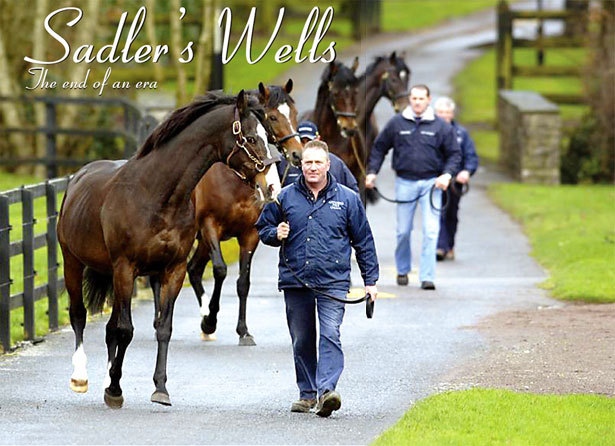 horse walking crossly
Questioncross walk
QUESTION: hello maam, may i k
horse walking crossly
Questioncross walk
QUESTION: hello maam, may i k
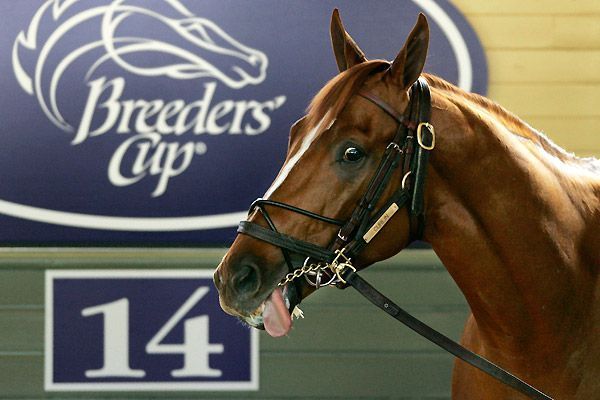 horse sticking its tongue out
Question
horse sticking its ton
hello sir, may i know w
horse sticking its tongue out
Question
horse sticking its ton
hello sir, may i know w
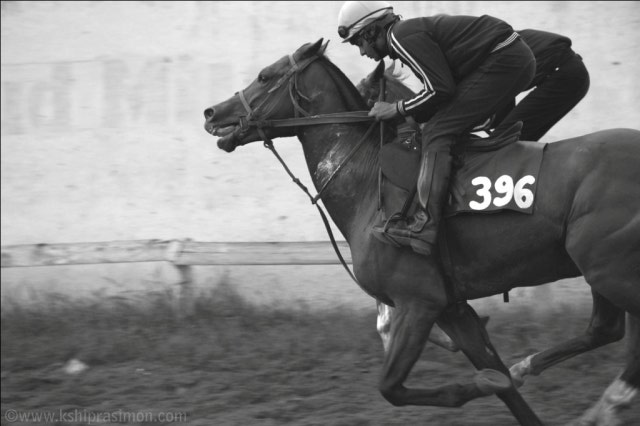 tongue up
Questiontongue up
QUESTION: hello maam, is this
tongue up
Questiontongue up
QUESTION: hello maam, is this
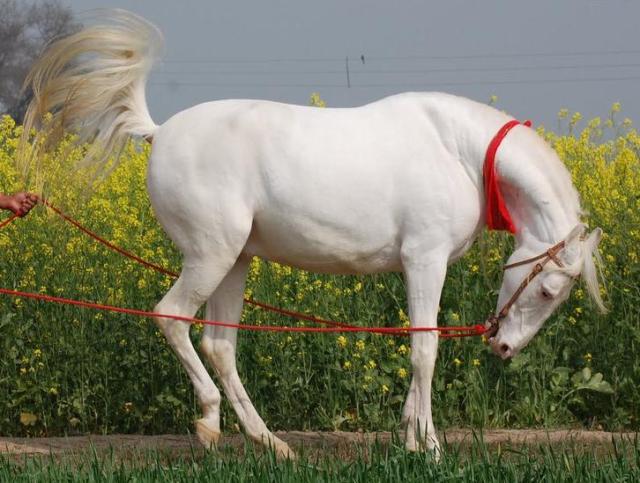 adjusting stirrups
Question
adjusting stirrups
hello, my height is 5feet 6
adjusting stirrups
Question
adjusting stirrups
hello, my height is 5feet 6
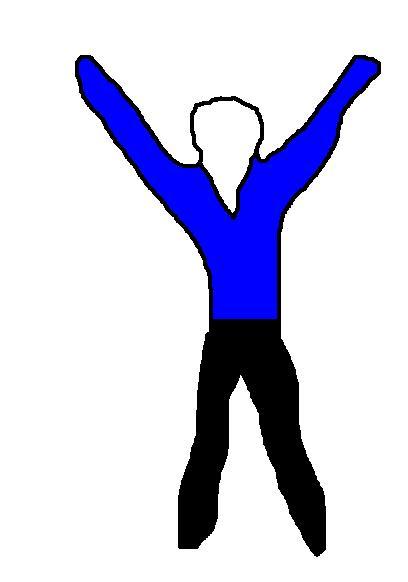 throwing hands into the air
Questionthrowing hands into th
QUESTION: hello s
throwing hands into the air
Questionthrowing hands into th
QUESTION: hello s